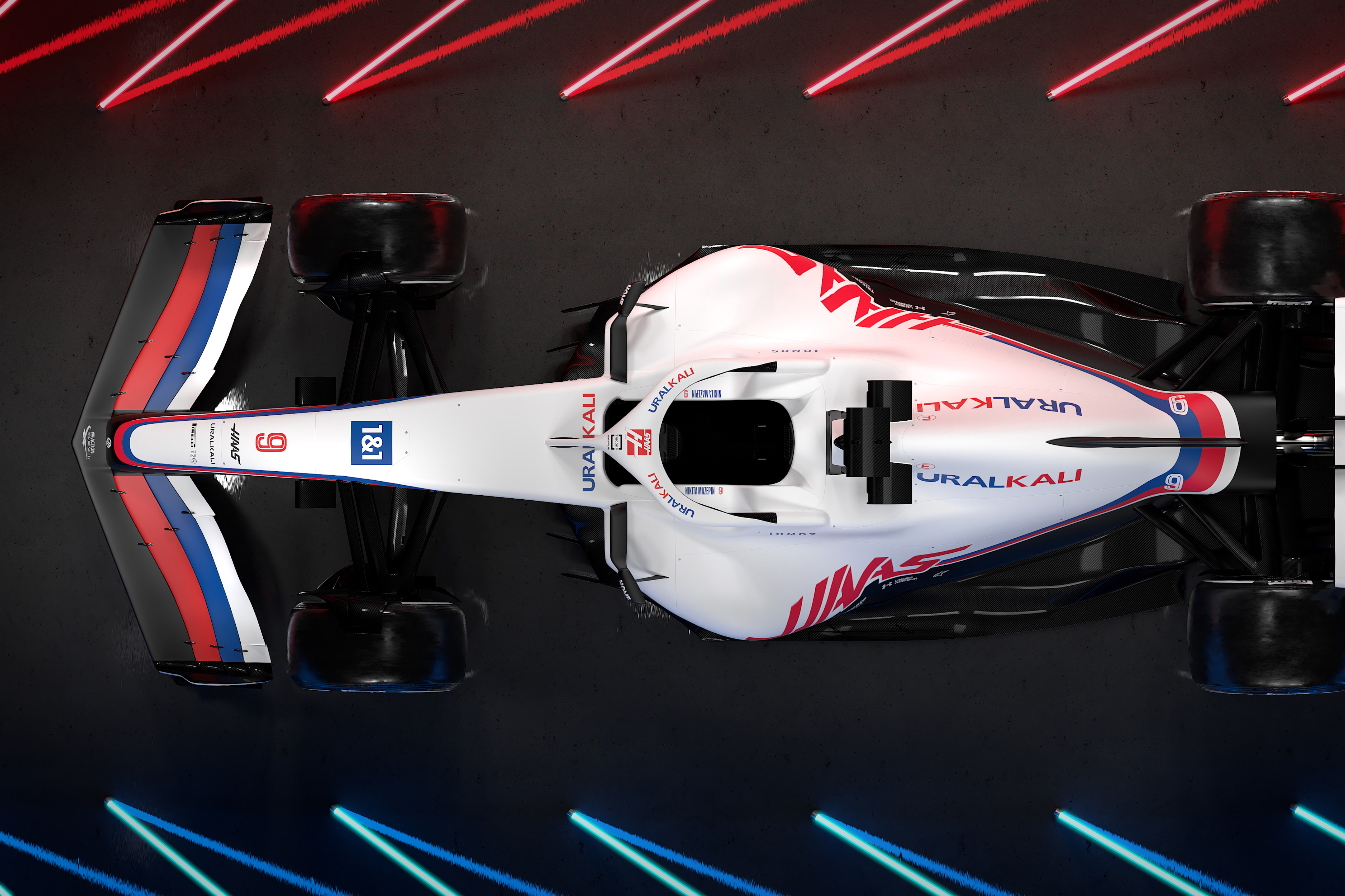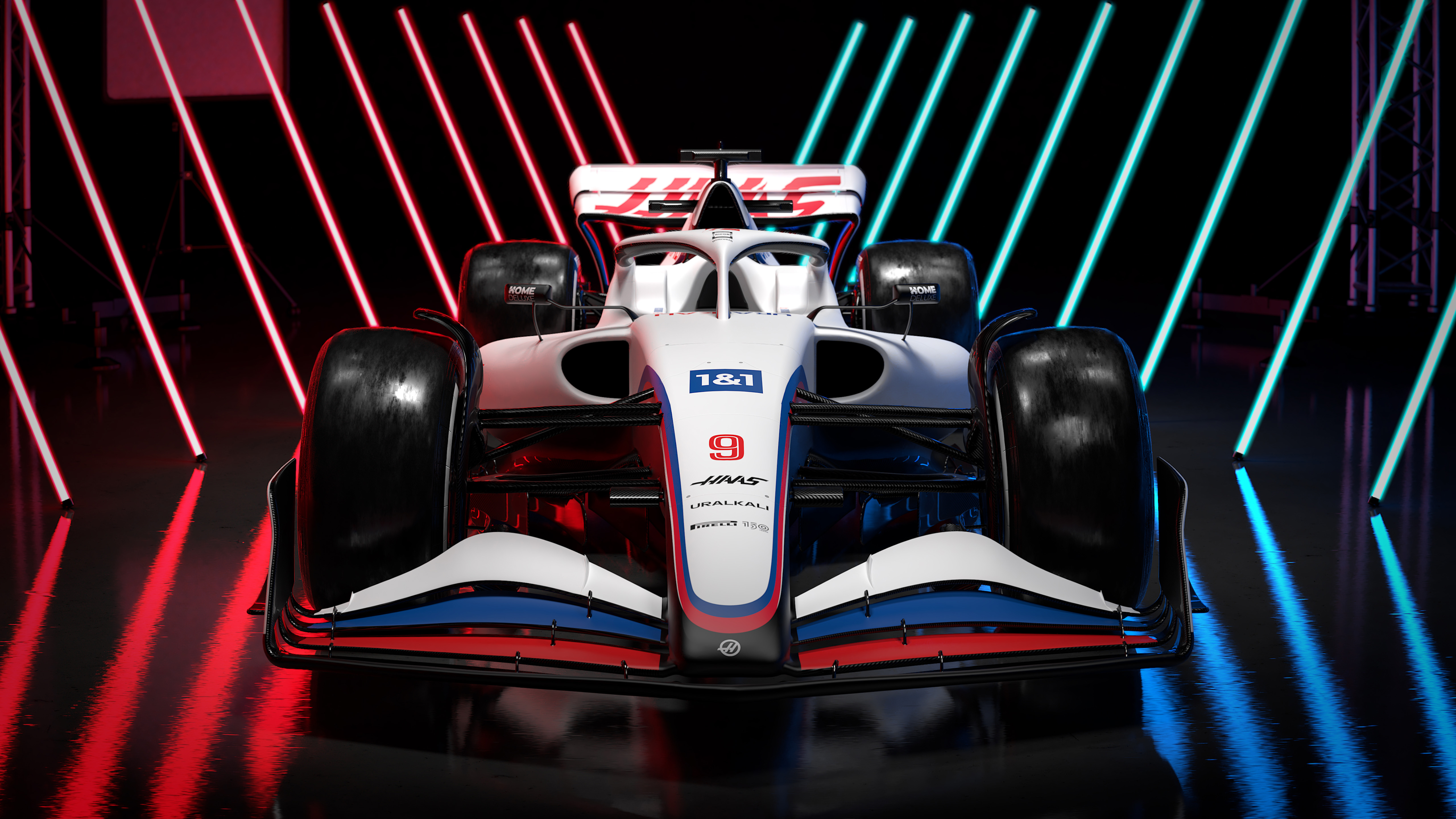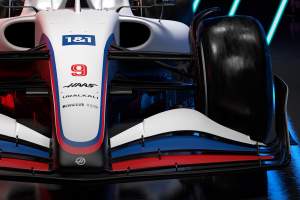Up Next

Formula 1 teams will need to study their rivals closely during launch season and especially testing to work out if they “missed the trick or any interpretation” with the new 2022 rules.
The first unveiling of the season came last Friday when Haas showed digital renders of its VF-22 but only in an early form, as its latest design will not be seen until the first test at Barcelona.
That is likely to be a trend of launch season thanks to brand new technical regulations, and an escalation of the tactic deployed by several teams in recent years to keep key design elements hidden.
Haas technical director Simone Resta joked that observing other teams is so important he would “try to follow The Race on a daily basis to see which news you push out, so put the right content please!”.
“I think everyone will stay really open eyes to understand if we missed the trick, or if we missed any interpretation, or any idea,” Resta said.
“Because there are so many bright engineers in F1 in all the teams, I’m pretty sure the cars will be a bit different within what is possible with the regulations.

“So we’ll really be open eyes at Barcelona to understand what’s going on.
“And then as normal a lot of teams maybe start with a certain configuration and develop it, for example, in the second test or at the races.
“It will be a few events between test one, test two, the first races – also the launches that will happen before – to follow and to understand the differences.”
The secrecy and curiosity is expected despite several comments since the regulations were first presented back in 2019 that they would be too prescriptive.
At the time, the FIA was even moved to showcase three visually different car concepts based on what it claimed were worthwhile interpretations of the rules.
However, a full-size F1 model built to showcase the 2022 regs last year was said to be representative of what several teams had created – and Haas’s initial VF-22 renders also look similar in many ways.
So while it is possible that some teams will present cars with obvious surface innovations, the consensus is that the key points of difference will not be immediately obvious.
“The regulations have been quite prescriptive, definitely,” Resta said.
“And from an external observer point of view, there will probably be quite a lot of similarities between all the cars and that model that has been shared and developed.
“Nevertheless, we’ve been working so long to change something so hopefully there’s enough difference to justify that amount of huge investment of work and hours and long nights, weekends, to try to push it!
“Sometimes the devil is in the details. And there are things that are small from a global point of view, but they make the difference here and there.
“I suppose the cars will be in a way all similar, but in another way all different.
“Some areas are more prescriptive. Some areas there are even prescriptive geometry in the car. So literally, they will be the same geometry on all the cars.
“In some other areas, there is more freedom. So it’d be interesting to compare all the different interpretations on the cars.”

Beyond the aesthetic element, Resta says it is important that the teams can still design their cars in a way to significantly alter its performance.
The aerodynamic design of the cars has been overhauled, including a new front wing, greater emphasis on ground-effect aero, and the banning of bargeboards.
Structural elements like the nose and monocoque have changed, the brakes are different, 18-inch wheel rims have been introduced instead of 13-inch, and the suspension regulations changed.
“So if I was to phrase it in a different way, and we have to ask ourselves, ‘What have we carried over from the 21 car?’, actually it’s a very short list.
“There are a lot of opportunities all around where you can make the difference, or you can try to make the difference.”







